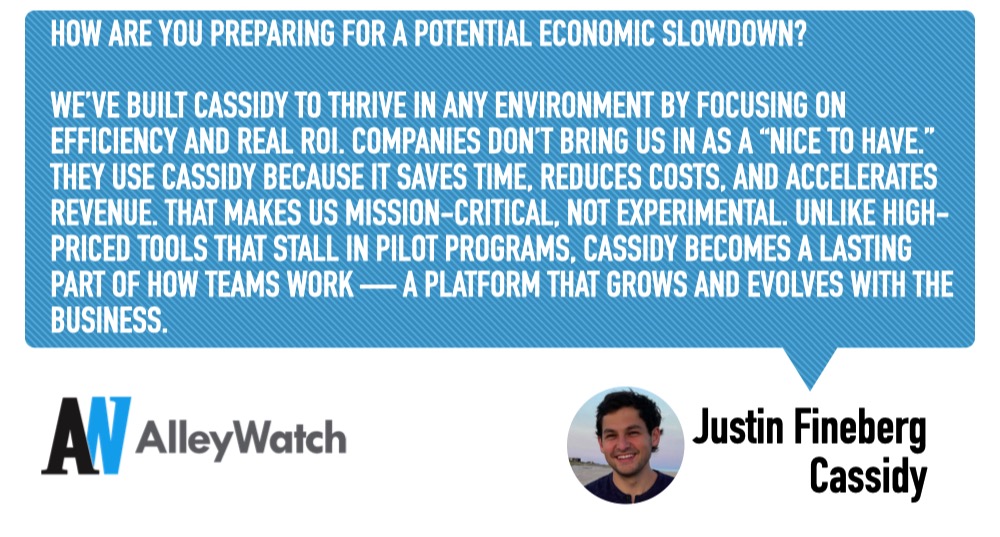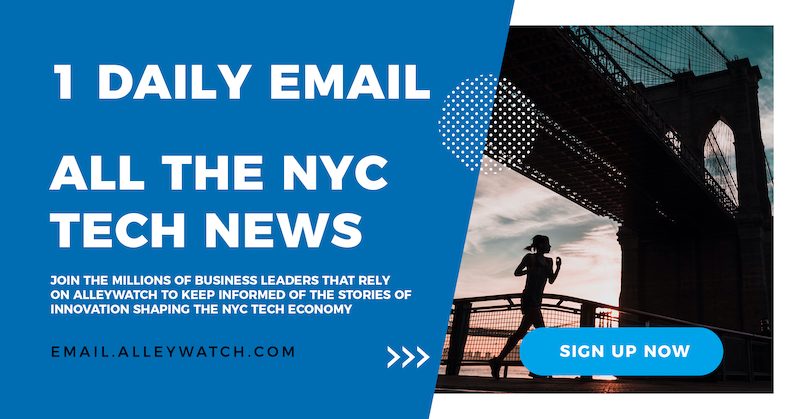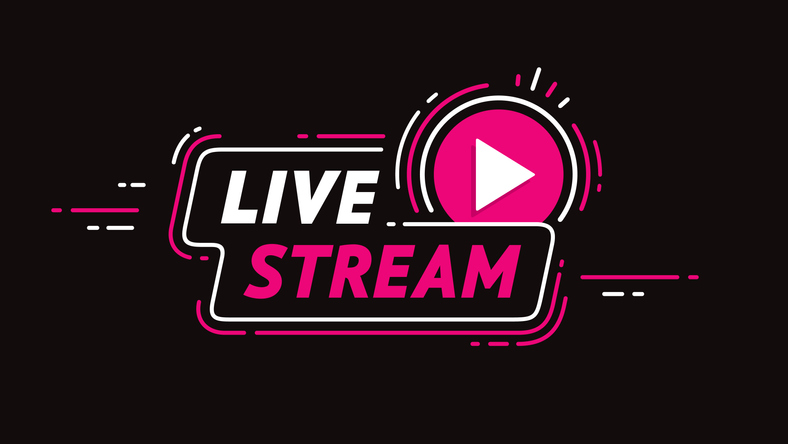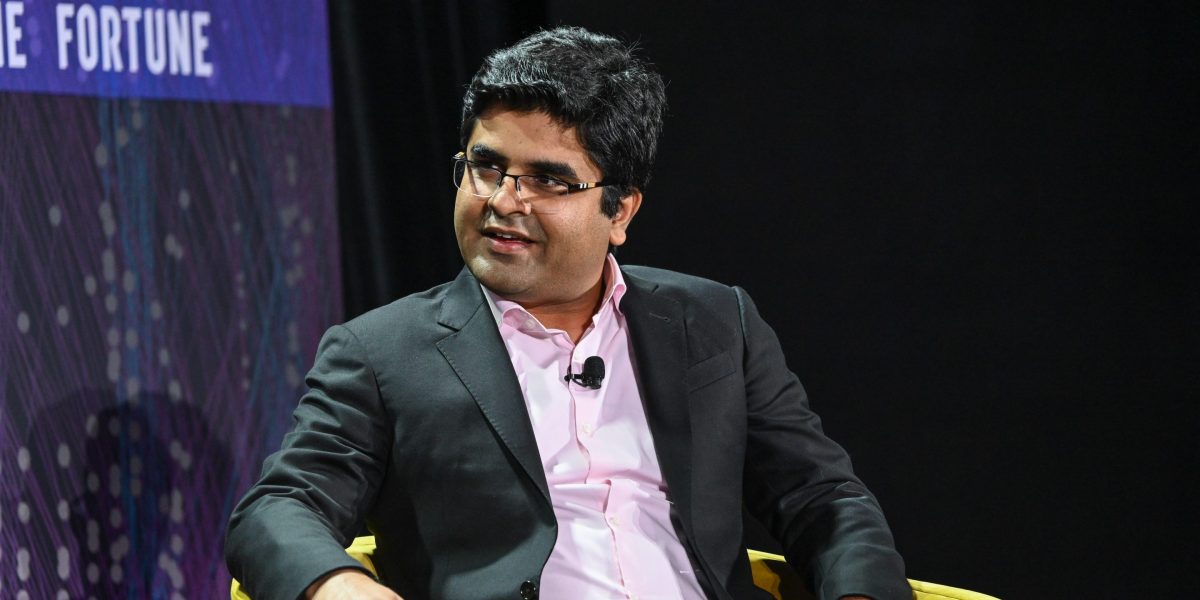In an enterprise landscape where AI adoption has stalled in pilot programs and organizations struggle to move beyond experimental use cases, businesses need automation solutions that deliver measurable ROI rather than theoretical benefits. Most AI tools require extensive technical resources and fail to capture the nuanced, company-specific processes that drive real business value. Cassidy addresses this challenge by empowering non-technical teams to build and deploy context-powered AI workflows that understand their unique business processes, institutional knowledge, and brand voice. Through its platform that integrates with existing tools like Slack, HubSpot, and Zendesk, Cassidy enables enterprises to automate complex tasks, from RFP responses to customer support triage to sales follow-ups, without writing code or relying on IT departments. With over 20,000 teams already using the platform and 4.8 million workflow automations run in the last quarter, the company has demonstrated the market demand for accessible, business-context-aware AI automation.
AlleyWatch sat down with Cassidy CEO and Cofounder Justin Fineberg to learn more about the business, its future plans, and recent $10M Series A round that brings total funding to $13.7M.
Who were your investors and how much did you raise?
Cassidy has raised a $10M Series A led by HOF Capital, with participation from The General Partnership, Neo, Alumni Ventures, Quest Venture Partners, and other great partners.
Tell us about the product or service that Cassidy offers.
Cassidy is a context-powered automation platform that lets non-technical teams build and run AI workflows unique to their company process without relying on IT or brittle point SaaS tools. By putting LLM-powered automation directly in the hands of the people who know the work best, Cassidy helps enterprises turn complex, nuanced processes into scalable automations.
What inspired the start of Cassidy?
After ChatGPT launched, it was clear that businesses wanted more than AI in theory, they wanted a way to build their own end-to-end automations. We had already grown one of the largest AI communities, and Cassidy was the natural next step: turning that demand into a product that gave teams the power to build workflows unique to their company’s processes.
How are you preparing for a potential economic slowdown?
We’ve built Cassidy to thrive in any environment by focusing on efficiency and real ROI. Companies don’t bring us in as a “nice to have.” They use Cassidy because it saves time, reduces costs, and accelerates revenue. That makes us mission-critical, not experimental. Unlike high-priced tools that stall in pilot programs, Cassidy becomes a lasting part of how teams work — a platform that grows and evolves with the business.

What was the funding process like?
The funding process was very validating. We saw strong conviction from both new and existing investors who recognized the traction Cassidy has achieved and the scale of the market opportunity.
What advice can you offer companies in New York that do not have a fresh injection of capital in the bank?
Funding is never given, and VCs are rewarding companies that run smart and efficiently. That means focusing on product market fit, delivering a killer experience and being able to paint a clear path to profitability. My advice is to stay close to your customers and focus on impact. Build what delivers real ROI, not just nice-to-haves. In tough markets, efficiency and discipline are big advantages. Double down on what’s working, keep burn lean, and let customer traction power your ability to raise capital later.
Where do you see the company going now over the near term?
In the near term, we’re focused on expanding both the Cassidy team and platform. While we continue to scale adoption inside enterprises, we’re building a world class team here in NYC to fuel that mission. This way, we’ll be able to keep shipping fast and help more companies turn their unique processes into automations they own. The goal is to make Cassidy the default way businesses bring AI into their daily operations, not just experiments but real workflows that run the company.
What’s your favorite fall destination in and around the city?
I love a good New York City deli. Nothing beats a great soup from Sarge’s as the weather turns. It’s the perfect fall comfort.





















